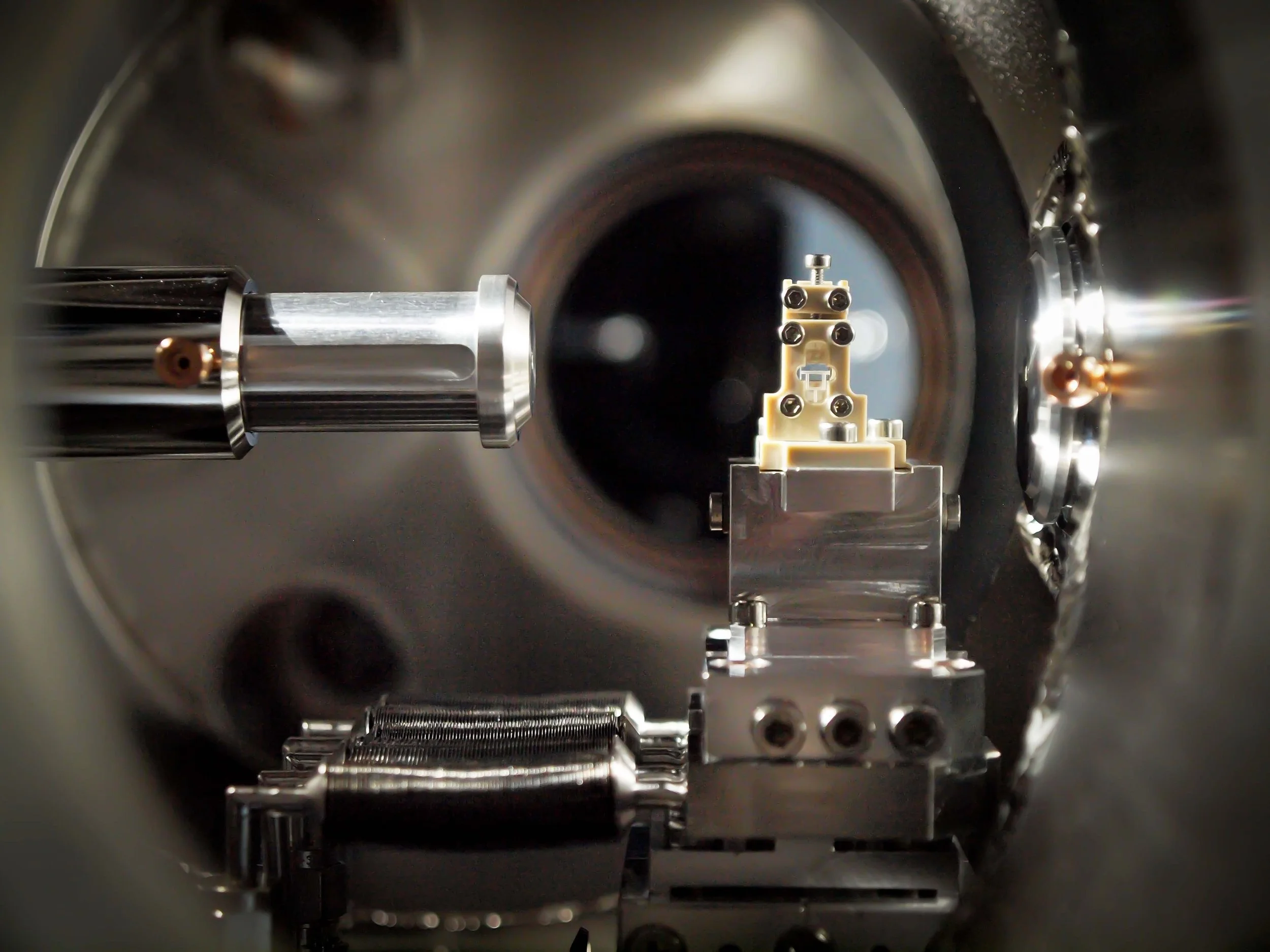
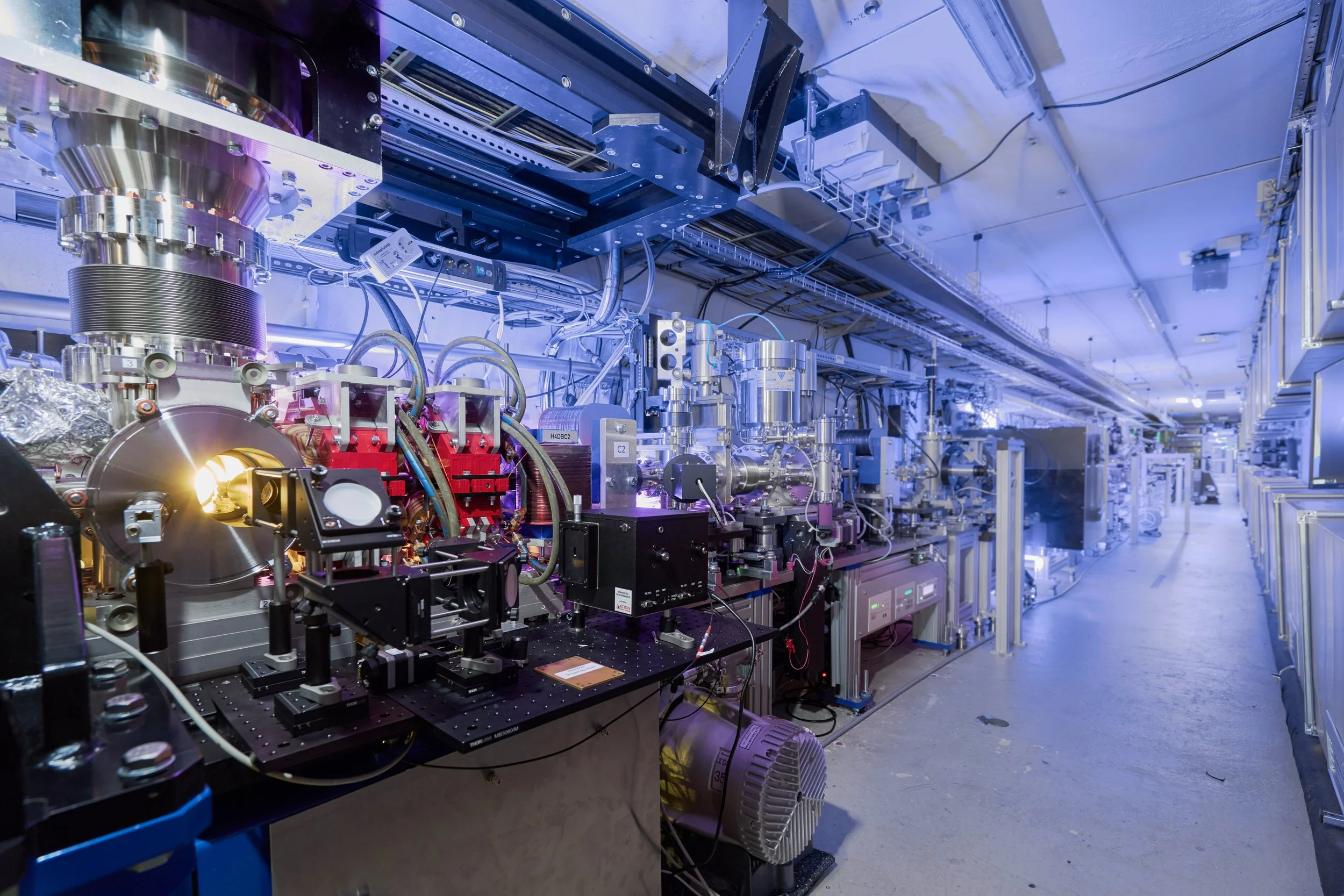

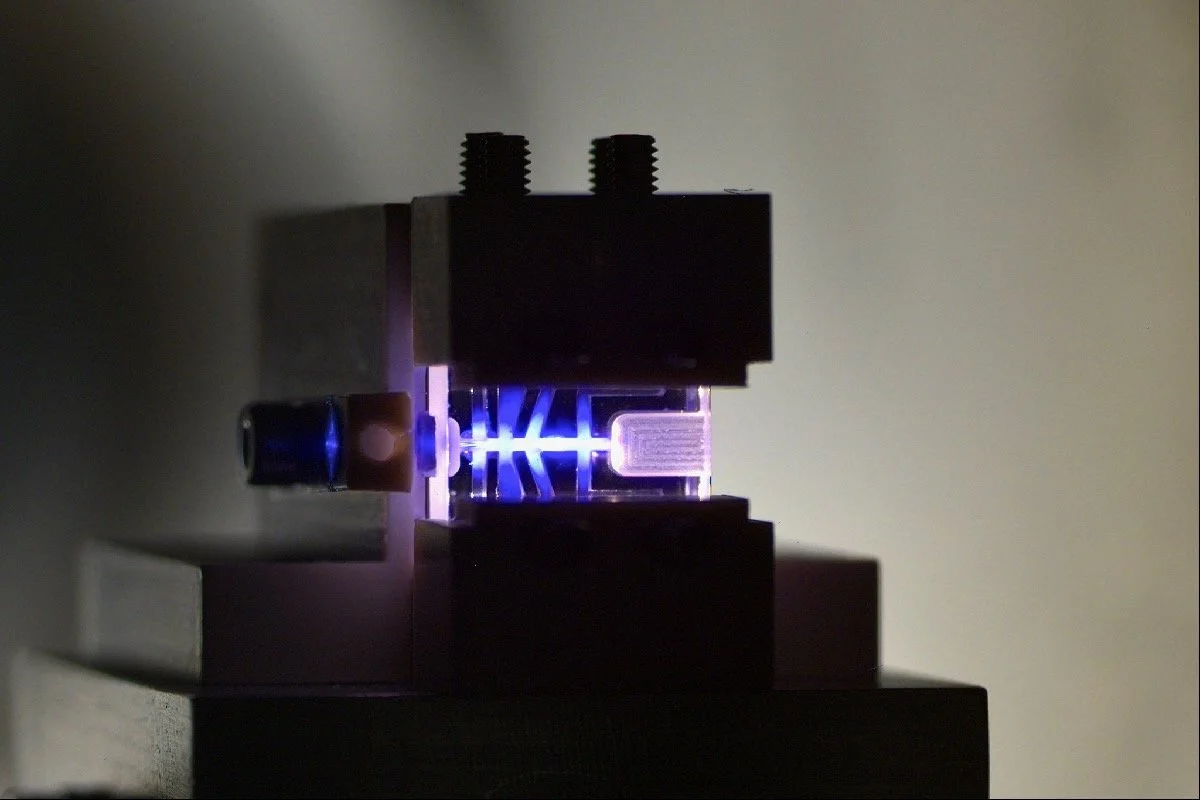
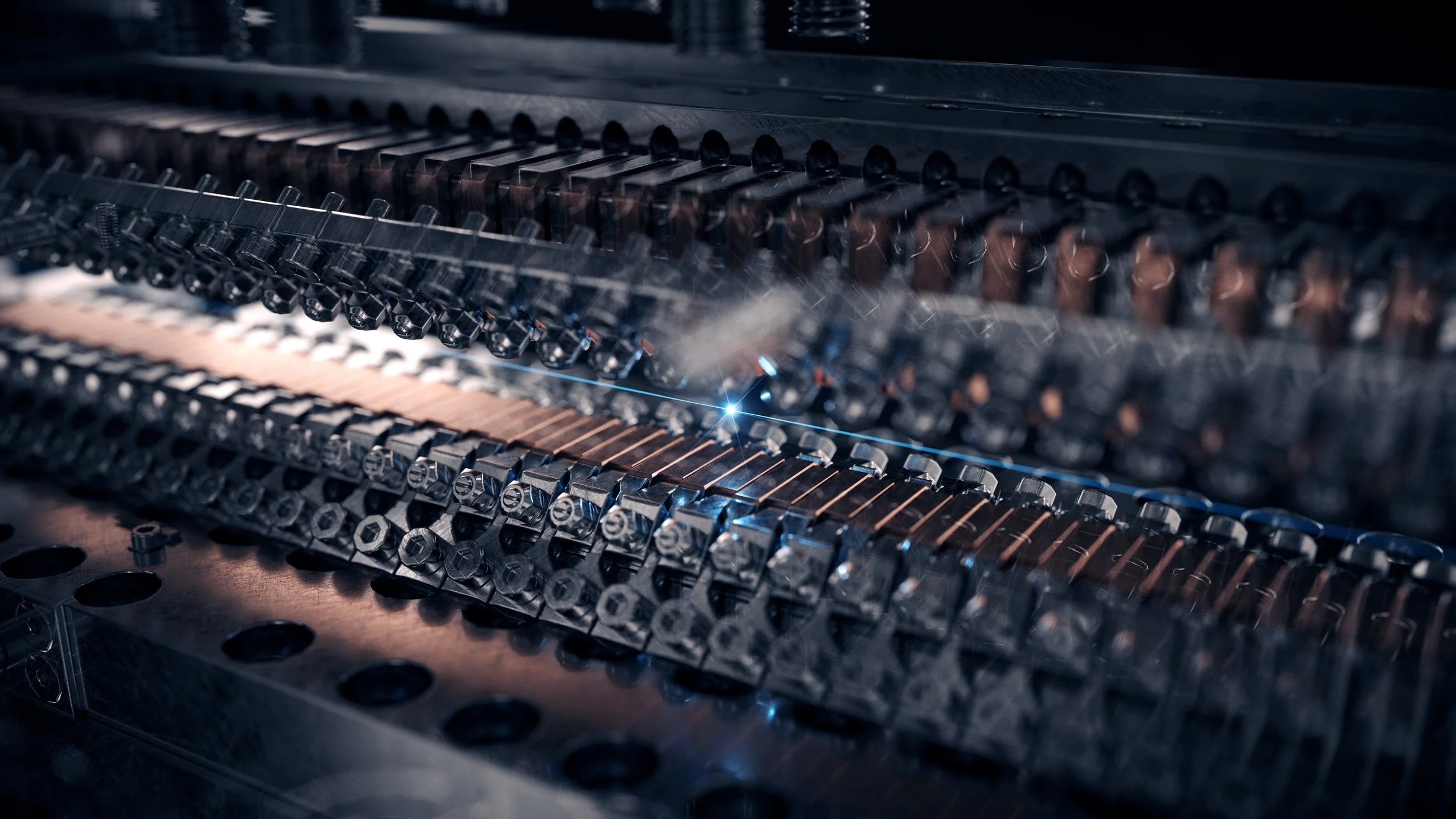

LUX
LUX
LUX was the first laser-plasma accelerator to combine modern accelerator technology with plasma acceleration concepts, introducing a paradigm shift towards highly controllable and stable machines.
With LUX we demonstrated the first-ever day-long operation of a laser-plasma accelerator, developed novel plasma sources for high-quality electron beams, and pioneered machine learning-based optimization methods.
Currently, LUX serves as a testbed for the development of a laser-plasma based injector for synchrotron light sources.

LUX BEAMLINE
LUX BEAMLINE
The LUX beamline benefits from DESY’s world-renowned expertise in accelerator technology and offers unparalleled capabilities in beam manipulation and diagnostics, which is crucial for our investigations into laser-plasma-based light sources and the development of innovative beam dynamics schemes tailored for compact synchrotron injectors.

ANGUS LASER
ANGUS LASER
LUX is powered by the ANGUS laser system, a titanium-sapphire laser delivering pulses up to 5-joule pulse energy at around 30 femtoseconds pulse length. Consistent with our rigorous approach at LUX, ANGUS is meticulously monitored across all parameters, ensuring precise control and stability. We have implemented several drift compensation systems, maintaining stable operating conditions over extended periods, including day-long operations. ANGUS's reliability and precision are key to the sustained performance of LUX.

Plasma Source Development & Advanced Control
Plasma Source Development & Advanced Control
At the core of every laser-plasma accelerator is the plasma source. To achieve optimal beam quality, it is crucial to fully understand and control the dynamics within the plasma to identify the optimum setpoint for the many tuning parameters of the machine. We pioneered the approach of introducing advanced machine learning methods to control and optimize the properties of the laser and the accelerated electrons. By leveraging these techniques, we can efficiently navigate the vast parameter space, automatically adjusting settings to maintain peak performance and consistency in beam quality.

UNDULATOR LIGHT SOURCES
UNDULATOR LIGHT SOURCES
Compact X-ray sources are among the most promising applications of laser-plasma accelerators. At LUX, we have demonstrated the 24-hour-long generation of water window X-rays using the BEAST II undulator. Currently, we are studying plasma-driven undulator radiation from the FROSTY variable-gap cryogenic undulator, that we have developed together with the group of J. Bahrdt (Helmholtz Center Berlin).
